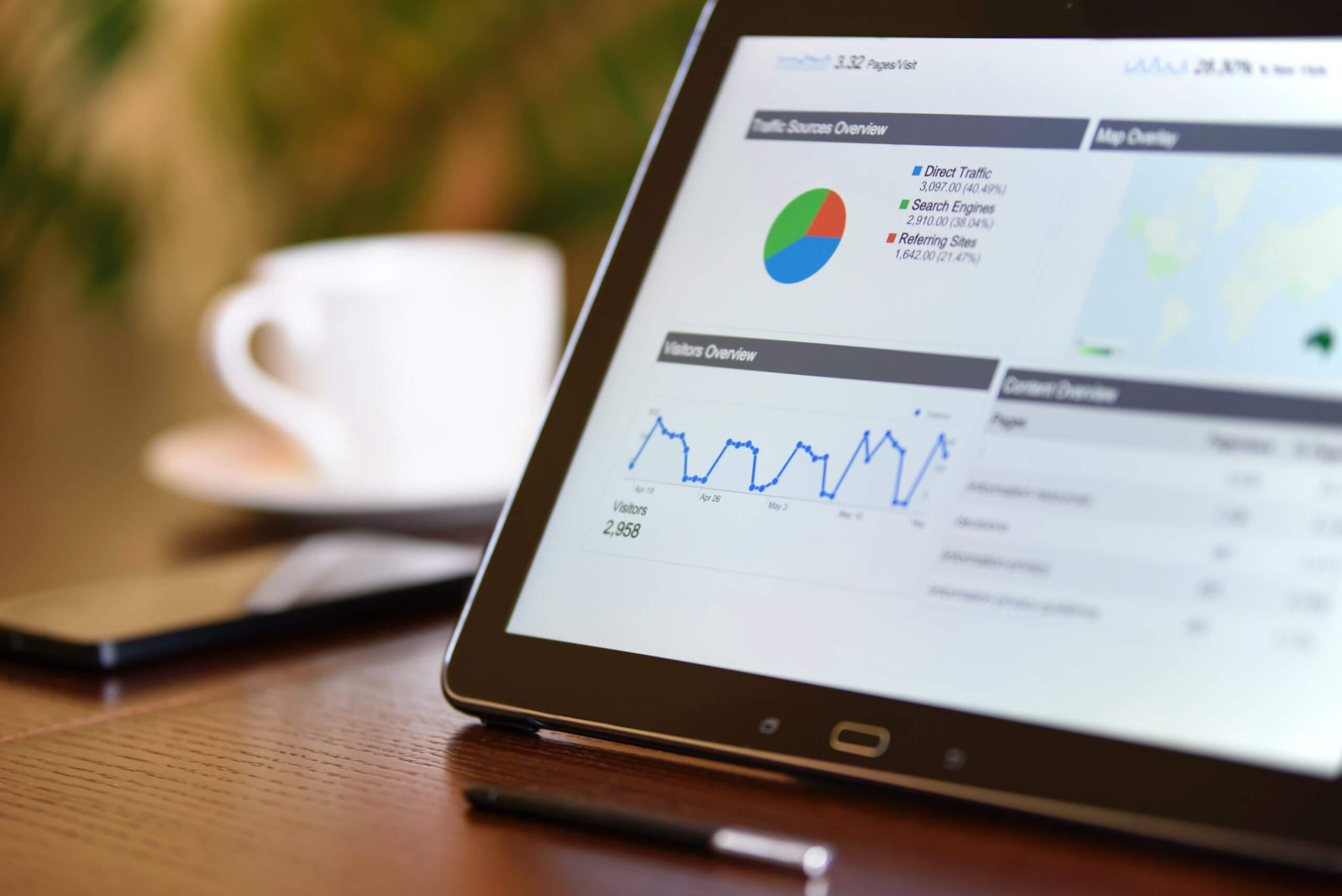
Are you thinking about expanding your business activities to Japan? Or would you like to improve your current presence in the Japanese market? Then it is essential to come up with a strong social media strategy. Having an outstanding social media marketing strategy in Japan will help your brand in many ways: it will increase brand awareness, you can learn a lot from your competition, you can reach a carefully targeted audience, and it will eventually drive leads and sales. In order to build an efficient strategy you need to be familiar with the basics, so let’s go over the basics of social media marketing strategy in Japan.
Table of Contents
Social Media Strategy Overview

What does a good social media strategy entail? Once you’ve got your basics in order (a good website and a working product/service infrastructure) you need to set metrics by which you are going to evaluate the result of your campaigns. How many followers do you want to gain? How many conversions do you want to see? Only if you set these parameters, you will be able to measure the outcome of your campaigns and make adjustments if necessary. As tracking the numbers takes expertise and time, many companies choose to outsource this work to specialized digital media companies.
Then you need to know who will likely be interested in your product or service and determine which audience(s) you want to reach. Think about characteristics like age, gender, location, interests, etc. A great advantage of social media over traditional media channels is that you can actively learn more about your audience and what interests them by reading data, giving you an opportunity to even better tailor your communication and ads to those who are likely to want to use your product or service. Another advantage of social media is the ease with which you can learn more about your competitors by following their accounts and seeing what’s being said about them on different social media. You can find a lot of inspiration for your own strategy by looking at what others in the same and similar industries are doing.
Once you have a good idea of what you want to do, it is time to see which social media channels you want to use. Usage of the various channels varies by demographic and by country, so you have to know how social media channels are used in Japan and by whom. You will also have to set up your company profiles including good keywords, consistent branding on all channels, and a good description of your business. When your profiles are all set up and you’re ready to go, it’s time to start creating posts/videos and run ad campaigns.
Social Media Marketing Plan for Japan

While a general social media strategy as described above works for any location, if you are trying to enter the Japanese market there will be some additional hurdles you have to take. First of all, if you are looking to reach a Japanese-speaking audience you will have to make sure that all your content is either bilingual or in Japanese. Your descriptions and content may also need localization as certain phrases and cultural references can’t be simply translated as the message you intended to send won’t be properly received. If you are looking to reach English-speaking people in Japan (for example, foreign residents of Japan or Japanese people looking to work in an English-speaking environment) this is not an issue, but there will be other Japan-specific market characteristics to keep in mind.
The way social media are used and the demographics of who uses which social media channels differs slightly per country. Here is a short overview of the most popular social media channels in Japan, and how they are and can be used:
- YouTube: popular among people between 15-40. Often used to look up inspiration for cooking, working out, and learning about new subjects.
- Line: wide usage amongst everyone between 15-65, almost everyone in their 20s and 30s is on Line. Often used for sharing coupons for (local) businesses.
- Twitter: popular among younger men because of its anonymity. Great tool for social listening because of that reason.
- Instagram: popular with young women who are looking for content relating to fashion, cooking, and music. Especially interesting for companies who can market their product or service in a visually attractive way.
- TikTok: popular with Gen Z, still growing quickly so there are opportunities to get in early. Interesting for companies with niche products/services who don’t mind being creative.
- Pinterest: popular with upper middle class women between 35-55 with a strong tendency to purchase. Great for companies with beautiful luxury products or services.
- Facebook: less popular in Japan than in most of the world, but still good to use because of the option of detailed ad customization. Good channel to reach foreigners in Japan.
- LinkedIn: less popular in Japan because of privacy concerns, but it is still good to have a company page up on LinkedIn for increased brand awareness.
Japanese Influencers on Social Media

Depending on what your product or service is, if done well, influencer marketing can boost your followership, click-throughs, and sales tremendously. Influencers have a strong brand themselves, and if they are in your niche and are truly enthusiastic about your product or service, their endorsement can go a long way. Choosing an influencer is not always easy, as budget constraints, finding a good match, and availability can pose challenges. In Japan, the language barrier is an additional challenge to deal with.
So when you are thinking about working with an influencer in Japan, it is important to know the current influencer landscape in Japan. Picking the right influencer for your campaign also depends on your goals; do you just want to spread your brand’s name as much as possible, or do you want to reach people who have a large chance to become customers? To advise you on who would be the right influencer for your specific campaign is like trying to advise someone you have never seen what kind of fashion would suit them best. For that purpose, you’d best hire a digital media agency.
But here’s a short list of popular influencers in Japan to give you some inspiration:
- The celebrity known from TV: Naomi Watanabe is a comedian/entertainer and has a following of more than 9 million strong. This makes her reach enormous but the price of working with celebrity influencers is high so you’d better come with a large budget.
- The nano (tamago) influencer: smaller influencers of up to 10,000 followers tend to have good engagement rates because of their closeness with their audience, and are often seen as experts in their niche.
- The mid-tier influencer: influencers with a follower count between 100,000 and 250,000 combine the best of both worlds. They have a large reach but are still seen as approachable and are often specialized in a niche. Make-up guru Momoko Nanbu is a good example of a mid-tier influencer in Japan.
- The virtual influencer: imma.gram is not a real person, but she’s one of Japan’s popular virtual influencers with several brand partnerships. One often-cited advantage of working with virtual influencers is the lack of real-life scandals.
Influencer Marketing Agency Partner in Japan
Hashi Media is Japan’s go-to content marketing and social media company. If you are planning on entering the Japanese market and don’t know where to start, we’ve got you covered.
- Content creation
- Social media management
- Digital marketing strategy
- Brand localization
If you enjoyed what you read today and found it valuable, contact us today and let’s talk about your project.


